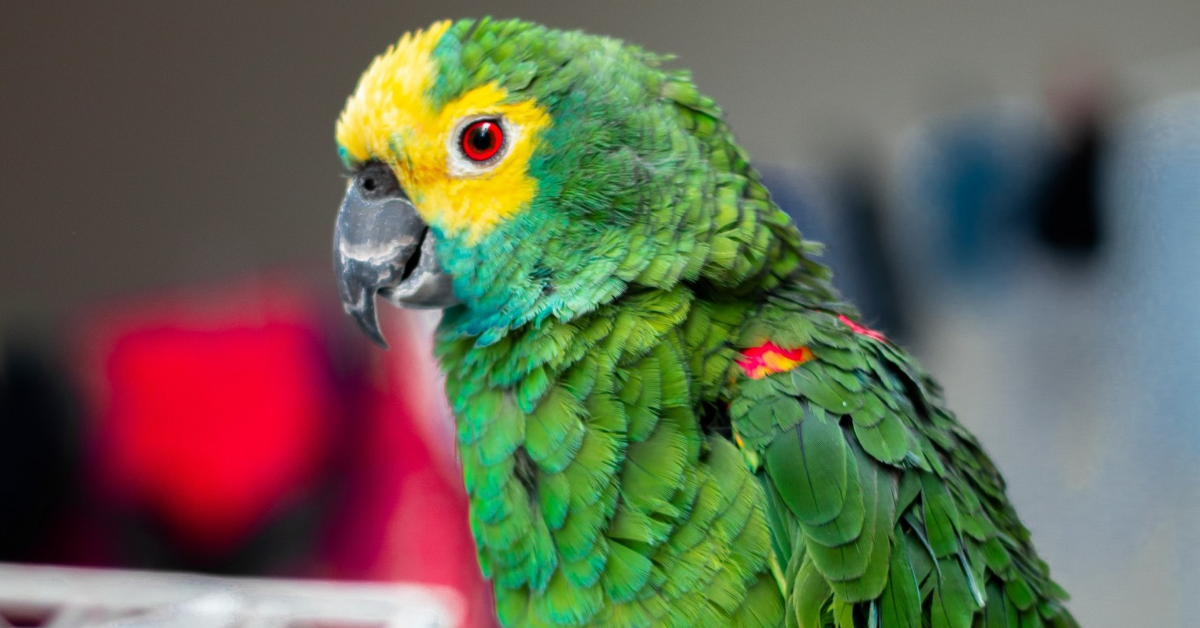
Bird Grooming 101
Because they are small and relatively easy to care for, birds have become a popular pet choice. While birds don’t require a lot of grooming, there are a few basic grooming requirements associated with owning a bird. This article will cover the basic aspects of bird grooming.
Bathing your Bird
Any bird owner will tell you that they see their birds preening and grooming themselves frequently. The skin of most birds excretes oils, which coat the feathers and help keep the bird clean. Most birds, however, enjoy an occasional bath with a misting bottle. There are bird shampoos on the market, but the chemicals found in these shampoos can interfere with the natural oils in your bird’s skin and could do more harm than good. Because of these oils, which your bird naturally produces, generally shampoos are not necessary. Fill a spray bottle with plain, lukewarm water and mist your bird. Be careful not to saturate the feathers. If you allow your bird time out of its cage, you may want to provide him with a container big enough for him to bathe himself in. Some bird owners will even take their bird in the shower with them. Always bathe your bird during the warmest part of the day. It’s easy for many bird species to become chilled, so if you live in a cold climate, be careful not to let them get cold.
Nails and Beaks
Depending on the type of bird you have, their nails and beaks may need to be trimmed periodically. You can reduce the need for this by providing your birds with different surfaces in their cage and plenty of chew toys. Use different sized perches and provide at least one perch with a rough surface. This will help keep their nails trimmed and the chew toys will help keep their beak trimmed. They will also rub their beak on the rough perches. If, in spite of providing your bird with all of these things, you notice their nails or beak getting too long, they will need to be trimmed.
To trim your bird’s nails, wrap him securely in a towel with his feet exposed. Trim the nails using nail clippers, a small, hand held rotary tool, or an emery board. Be careful not to cut the nails too short, or you may cut the quick, the vein that runs through the nail. If this occurs, you can easily stop the bleeding with styptic powder, such as Kwik-Stop . You should not attempt to trim your bird’s beak yourself. This should be done by a veterinarian or at a place that specializes in bird grooming. If you are comfortable doing so, you can ask your veterinarian or bird groomer to demonstrate beak grooming so you can do it yourself in the future. Some birds become stressed when having their nails and beaks trimmed, so if you are not completely comfortable doing it yourself, you may want to save both you and your bird the stress and have it done professionally.
Clipping Wings
Some bird owners choose to have their bird’s flight feathers clipped to reduce their ability to fly. When a bird’s wings are clipped, they are still able to glide from a high surface to the floor, but they cannot take flight. Large caged birds should have their wings clipped to prevent injury to themselves while in their cage. Also, unless you have a very large area, you probably don’t want a bird with a huge wingspan flying freely around your house. Smaller birds such as parakeets and canaries don’t need to have their wings clipped so long as they have an adequate-sized cage, or are not prone to escape. If you have other pets in the home, the smaller birds need a way to get away from any other pets when not in a cage. If you are going to have your bird’s wings clipped, consult with your veterinarian or veterinary technician to learn the proper technique for clipping wings.
To find a vet who specializes in birds, visit the Association of Avian Veterinarians (http://www.aav.org/search/). You can also contact your local bird clubs to find information on vets, groomers and basic bird care.






